Swimmable Brisbane
Our public pools are out of bounds for people struggling with the cost of living - if you can’t pay for entry, you can’t cool down.
Public swimming pools aren’t just a space for exercise and physical activity: they’re a community hub, a place of learning, rest, and rehabilitation, and a sanctuary from the blistering summer heat. They should be treated as a public place just like libraries and parks, and private property developers should pay their fair share to help fund them.
There are only 22 council-owned pools in Brisbane. That’s one for every 8 or 9 suburbs, or around one for every 58,000 people. This doesn’t even account for future population growth across Brisbane, both in the inner-city and the outer suburbs. Because they’ve given developers a huge tax cut, the LNP Council can’t fund the construction of sufficient community facilities for our growing population, meaning that hundreds of thousands of residents will miss out on a place to swim.
Lack of access to public swimming pools means more backyard green space is being lost as residents clear vegetation to install private pools, which are costly to maintain, and are a comparatively inefficient use of land and resources in a growing city. This problem only arises because the LNP doesn’t build enough public pools.
Longer travel distances to publicly accessible swimming spots also contributes to increased traffic and parking stress in certain neighbourhoods. If more people had a local swimming option in their neighbourhood, the highways to the Gold Coast and Sunshine Coast would be a lot less congested on weekends.
The Greens want everybody to have convenient local access to a swimming spot where you can cool off, whether that’s a conventional public swimming pool, or a natural creek or water reservoir that’s clean enough to swim in. We envisage that one day, even Maiwar (the Brisbane River) might again become clean enough to swim in safely (perhaps with the help of swimming enclosures to keep out the bull sharks). Our goal is that on hot summer days, everyone who wants to should have somewhere to swim.
A Greens-led Brisbane City Council will:
- Ensure everyone can afford to cool down by making swimming pools free.
- Give everyone access by building 5 new public swimming pools.
- Help us reconnect with nature by investigating the creation of new natural outdoor swimming spots.
- Start the journey of making Maiwar (the Brisbane River) clean enough to swim in.
Everyone should be free to have a swim
Brisbane is a subtropical metropolis, with intense summers that are only going to get hotter and more humid due to climate change. So now more than ever, everybody needs a way to keep cool.
High entry fees, long travel times, and overcrowding in peak times mean that lots of people give public pools a miss. We want to change that.
Making council pools free for all
We want to make it as easy as possible to have a swim at your local neighbourhood’s public pool.
This includes those of us who are struggling with rising rents, grocery bills and transport costs.
That’s why the Greens will make public pool entry free.
Brisbane City Council owns 22 pools and aquatic centres across the city. The Council leases these pools out to private operators, who collect the entry fees and staff the pools, while the council pays for occasional redevelopments and upgrades.
The LNP Council, after raising entry fees for years, has decided to drop entry fees to $2 for just this summer. To do that, they’re simply paying the private pool operators for the lost entry fee revenue. To start with, we would continue this arrangement, and increase the Council’s contribution to cover the entire entry fee.
For reference, the $2 dips are costing the Council $3-4 million for the busiest 90 days of the year. To cover the entire fee and extend it for the entire year, it would only cost $11 million annually.
More pools for Brissie
We want every neighbourhood in this city to have a nearby pool. No new Council-owned pools have been built in decades, and some former pool sites - such as the old Toowong public pool - were even sold off to developers.
Between the growing population across the city, and a lack of forward-planning, the LNP have left tens of thousands of people without a local spot to swim.
To make sure that everyone can actually access public pools, the Greens will build 5 new pools in the following areas:
- Toowong at the Toowong Central site
- Inala at the old Inala skate rink site
- Mitchelton/Gaythorne
- Nundah/Kalinga
- Camp Hill/Holland Park
Specific pool locations will be subject to further public consultation and detailed investigation, with chosen locations based on community need, nearby public transport and local activity centres.
A public pool for Toowong
Toowong is a dense transport and commercial hub in the middle of the city’s rapidly-densifying inner-western suburbs. In spite of how many people live in the area, it’s completely missing a public pool, forcing westsiders to drive across town just for a swim. Local primary schools need to bus across town to hold their swimming carnivals, or pay extortionate fees for private facilities.
But right now, there’s a chance to build one right in the heart of Toowong. The developer that proposed the ‘Aviary’ development recently sold Toowong Central (the former Woolworth site) between Sherwood Road and High Street, and the modified development application has yet to be approved. It’s located immediately beside the Toowong train station, several major bus stops, and the main Toowong commercial precinct. The Council has a chance to buy this site, and build facilities for the public (including a pool, parkland and public housing), instead of letting developers pocket massive profits. We want to investigate and consult the public about building public housing and a new public pool on this fantastically located site.
With easy public transport access to surrounding suburbs, and a dense and growing population, Toowong needs more public housing, green space and a brand new public pool.
A public pool for Inala
Inala hasn't had a local pool in over 30 years. Southwest Brisbane has grown rapidly, and is now home to almost 50,000 people, but the LNP Council haven’t built the community facilities to keep up with growth.
At the same time, the old Inala skate rink on the corner of Serviceton Avenue and Sycamore Street, has sat empty for 16 years. This is a site next to parkland and a high-frequency bus stop, halfway between Inala Plaza and Inala State School. It’s currently fenced off, and the current developer has no plans to build anything any time soon.
We want the Council to buy this old skate rink site and build a public pool.
Other public pool locations
Three other priority areas for new public pools are:
- Mitchelton/Gaythorne
- Nundah/Kalinga
- Camp Hill/Holland Park
The Greens in Council would investigate suitable sites in these suburbs to create three new public pools, based on robust community consultation. Possible sites would be identified based on community need, nearby public transport connections and proximity to local activity centres like shopping precincts.
Bringing pools into full public control
As the existing leases to operate council-owned pools expire, the Greens would not renew these leases. Instead, we would prepare the Council to operate these pools on a non-profit basis, and retain all of the existing staff, including contractors and casual employees, in their existing roles.
Pools could either be operated directly by Brisbane City Council, or by local non-profit community organisations that can flexibly adapt to local needs. The current pool operation system creates a significant administrative burden for the council in terms of public tendering, lease negotiation and compliance enforcement.
Council pools are for the public, and we would bring them back into complete public control.
Create more natural swimming spots
The swimming spot at Enoggera Reservoir is a beautiful example of the kind of spaces we should create across Brisbane. It’s a calm, natural outdoor swimming spot where people go for a picnic amongst the trees, and an afternoon dip with friends.

But there are no similarly accessible public outdoor swimming spots in other parts of Brisbane.
So the Greens want to investigate what it would take to turn three sites across Brisbane into outdoor swimming holes or lagoons. We want to make it easy for residents to access nature closer to where they live.
Mt Coot-tha Quarry
Mt Coot-tha is one of Brisbane’s most beloved features; a precious patch of wild, public green space in our increasingly urbanised world, for tourists and locals alike.
Right in the middle of this precinct is a giant 30 hectare scar on the landscape: the Mt Coot-tha Quarry. Established in 1919 and owned by Brisbane City Council, the quarry has served the city well, providing rock for road and building projects in SE Queensland.
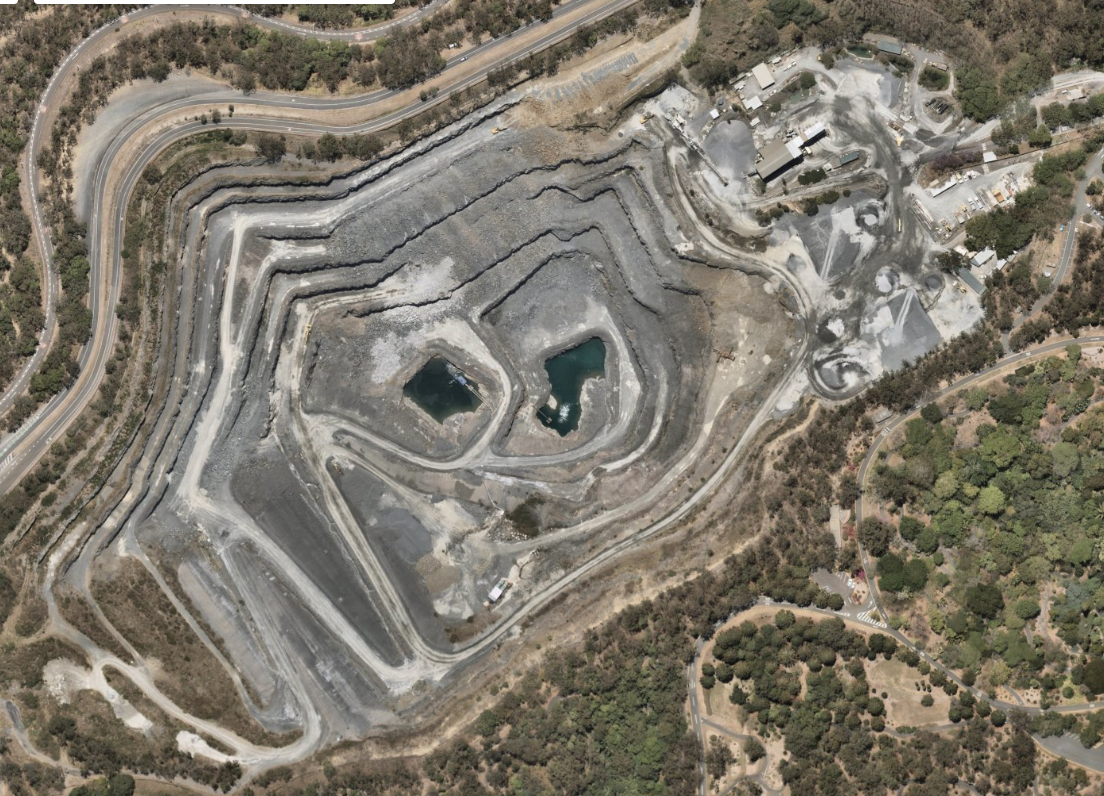
But the quarry is now well past its used-by date. The noise, vibrations and dust from blasting are hazardous to the health and wellbeing of local residents (human and animal), and the city now has other options for obtaining road materials.
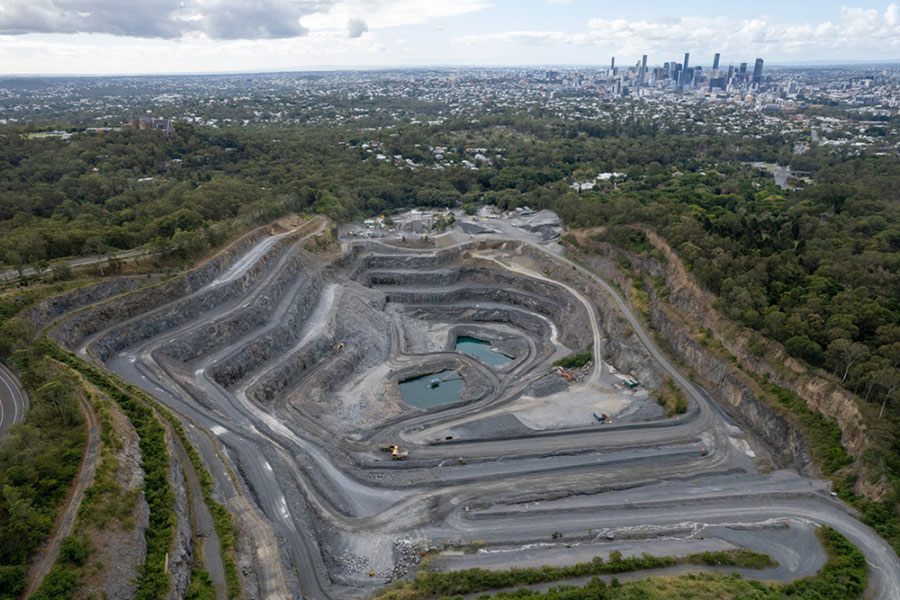
The Mt Coot-tha Protection Alliance (MCPA) and Michael Berkman, Greens MP for Maiwar, co-hosted a community forum to see what residents actually want the space to be turned into. Dozens of locals came forward, with incredible ideas for how to reuse the site. Residents broadly agreed that the space should be used for outdoor activities and connecting with nature, and that it should all be publicly owned and run.
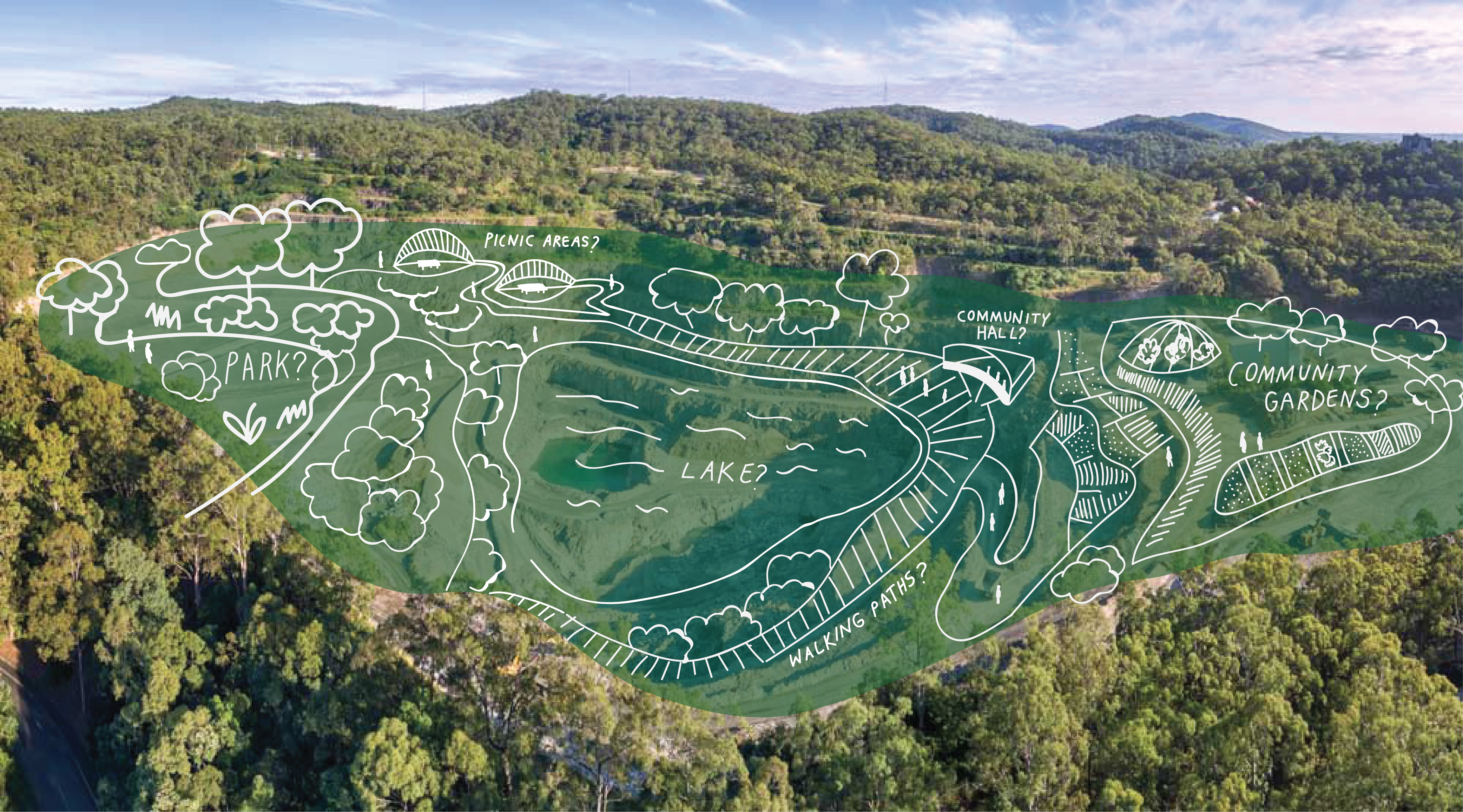
We want to widen this in-depth consultation using the Council’s resources, and let residents who care about their city shape this space. We want to close the quarry by 2025, and plan how to rebuild it as a public space for everybody to enjoy.
Pine Mountain Quarry, Mt Gravatt East
Pine Mountain quarry sits just Northwest of the Mount Gravatt TAFE campus, surrounded by forest and some encroaching suburbs. The main site, south of Pine Mountain Road was used as a quarry between 1964 and 1991, and only in 2013 did the current owner, BMI Group, buy the land and begin basic rehabilitation works.
While this quarry sat abandoned between 1991 and 2003, people used to swim here. Despite the fact that the water was known to be unsafe for swimming, this site was routinely used as a de-facto waterhole by bored teenagers looking for something to do. The fact that young people went to these lengths shows that there’s a real need for a natural swimming spot in the area.
Right now, the Council has an opportunity to buy this land and rebuild it for the community. It’s clear that the rehabilitation requirements for this site will be significant, but the Greens want to investigate what it would take to turn it into an outdoor lagoon, with public parks, bushland, and other community facilities on the rest of the site.
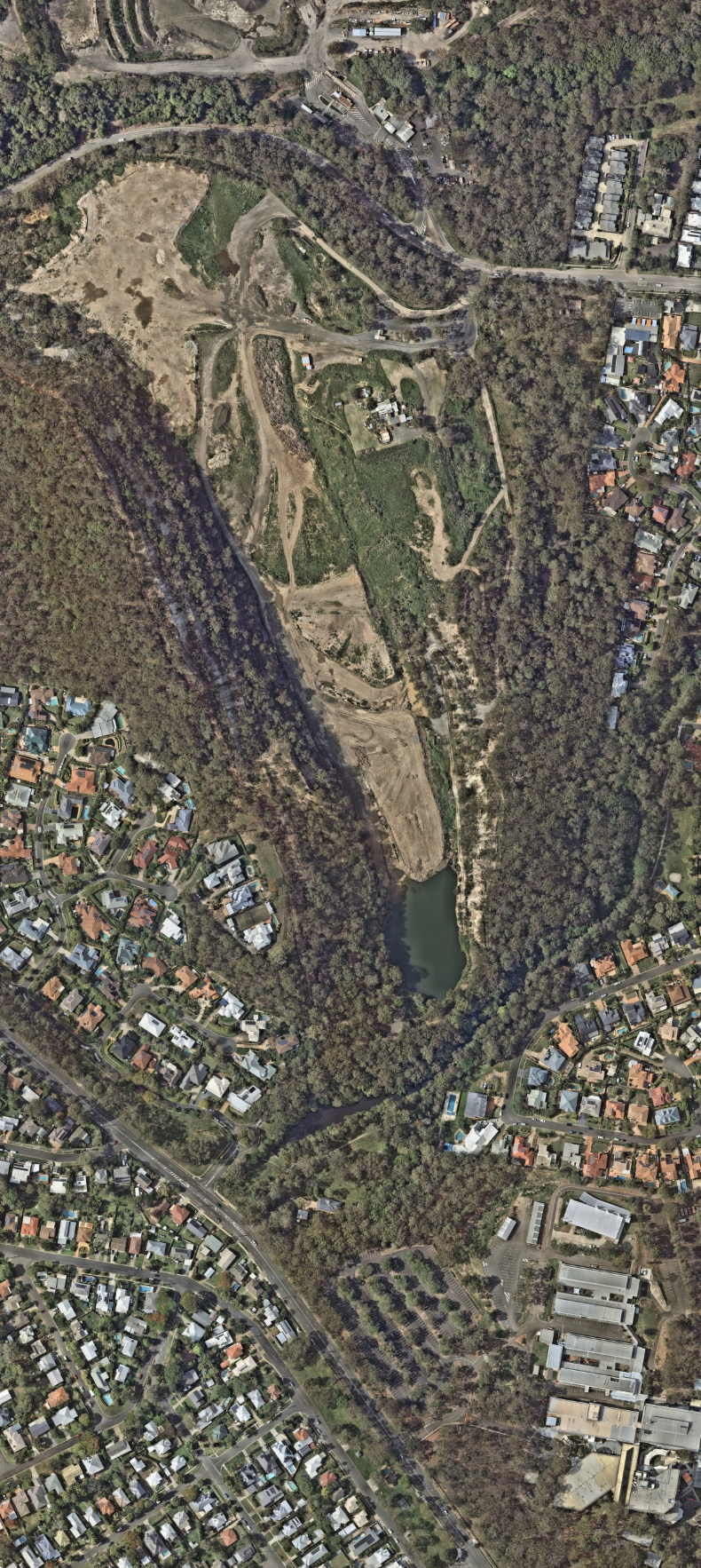
The layout, facilities, and overall goal of the site would be determined by a robust community consultation process. We want this site to be rehabilitated and rebuilt to meet the needs of residents.
Norman Creek at Arnwood Place, Annerley
Nestled on the border of Annerley and Greenslopes, a section of Norman Creek featuring a series of deeper water holes winds around homes, parks, and the M3. Sitting between two rapidly growing suburbs of the southside, with the Greenslopes bus station and several key bikeways close by, this could be a fantastic spot for residents to meet and take a dip.

Norman Creek weaves through many of Brisbane’s southside neighbourhoods, and we want to investigate making a stretch of this creek into a swimming hole.
Building this would have to involve stabilising the creek banks, more intensive rehabilitation and monitoring for degradation, but we want to see what it would take to make this a place where residents can connect with nature while cooling off in the summer.
Cleaning up the Brown Snake
For tens of thousands of years, the Brisbane River was clean enough for people to swim in. Even after colonisation, it was common up until the 1930s for people to swim in the river, with dedicated public swimming enclosures at various locations throughout the inner-city.
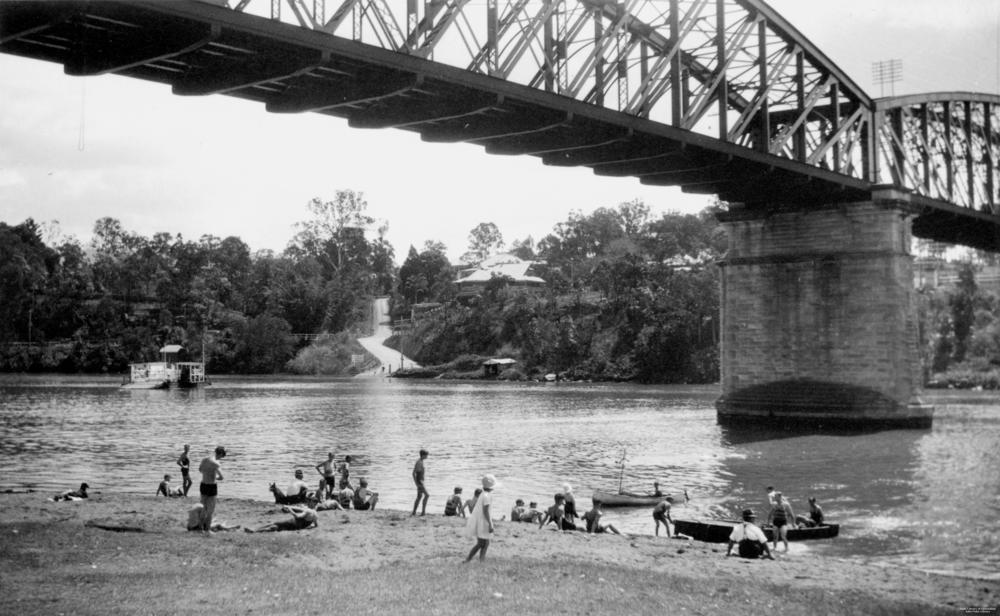
While industrial pollution and dredging have largely ceased, there are several factors that keep the river dirty. Many creeks that feed into the river suffer from soil erosion along their banks, as has the river itself, and cattle-grazing around the river’s upper tributaries pushes loose soil and excess nutrient loads into the river.
An enormous quantity of sediment run-off from construction also finds its way into stormwater drains all across Brisbane - in spite of laws that require developers to prevent this.
If no action is taken to reduce erosion and sediment pollution from rural cattle grazing and urban construction sites, the Brisbane River will stay brown and murky. But we can change that.
The Greens want to clean up the river.
This will be a long-term project, and we want to get started now.
A clean river fit to swim in is one of the greatest gifts we can leave for the future. Kids growing up in the 2030s should be able to swim in the river with their mates, no matter where they live in the city. Protected swimming baths once dotted Brisbane’s riverfront, and we can build them again.

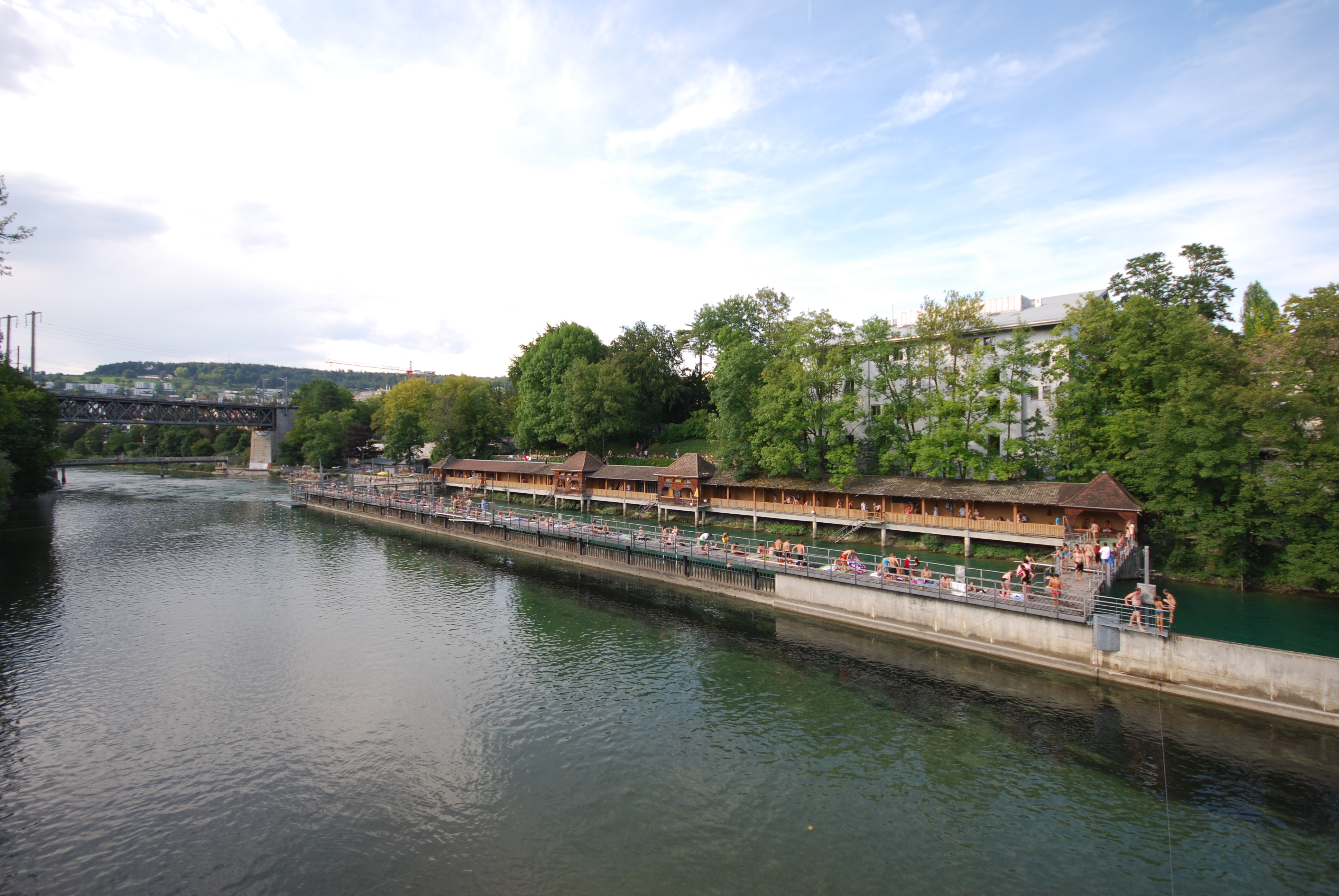
The next step in cleaning up the river is to invest $2 million into stabilising the banks of the major creeks that feed into the river, and another $2 million into stronger enforcement of erosion and sediment controls on construction sites.
The Greens would also put $2 million towards supporting detailed investigations and developing a robust plan to clean up the river and better understand the challenges.
We would work with State and Federal Governments, neighbouring regional councils and key stakeholder communities to clean up the river from its beginnings in the Bunya Mountains all the way to Moreton Bay. It’s a big project, and the Greens don’t take this on lightly, but we owe it to the next generation of Brisbane residents to start.
Funding for Swimmable Brisbane
Making council pools completely free, building 5 more, investigating natural waterways, and beginning to clean up the Brisbane River and its tributary creeks would cost $131 million, or slightly under $33 million a year, over the next council term.
Over the next four years, this breaks down into:
- $43 million to make pools free
- $80 million to build and operate 5 new pools
- $2 million to investigate building 3 natural swimming spots
- $6 million to begin cleaning up the Brisbane River
This is a tiny portion of Brisbane City Council’s $4.3 billion annual budget.
The LNP has given developers an enormous tax cut. Between megaprojects with hundred-million dollar price tags that are prone to overrunning their budget (such as the now $234 million Moggill Rd/Coonan St ‘upgrade’), and cutting infrastructure charges for developers, the current administration has inflicted these budget dilemmas on themselves.
We want to make developers pay their fair share. Not only do we want to undo the LNP’s tax cuts for developers, but we want to see the cap on infrastructure charges lifted.
Every time new housing is built, developers pay an ‘infrastructure charge’ to the local council, which is meant to pay for the new facilities and infrastructure to support these new households - streets, stormwater drainage, parks, and so on. Right now they’re capped at just $20,000 per bedroom per dwelling by the state government, and this cap isn’t indexed with inflation or interest rates. This means that every year, developers are effectively pitching in less and less money to support the people buying or renting the homes that developers are building.
These infrastructure charges are the taxes that the LNP cut for developers. Thousands of residents are going to be moving into new developments in the next few years, and the Council will have to use ratepayer money to build the infrastructure and facilities that they need.
The LNP are effectively using ratepayers to cross-subsidise developers’ profits, and we want to undo that.
That’s why we want to undo the tax cuts for developers, and that’s why we want to lift infrastructure charge caps - because developers should have to pay their fair share for public facilities, like new, free pools for everybody.